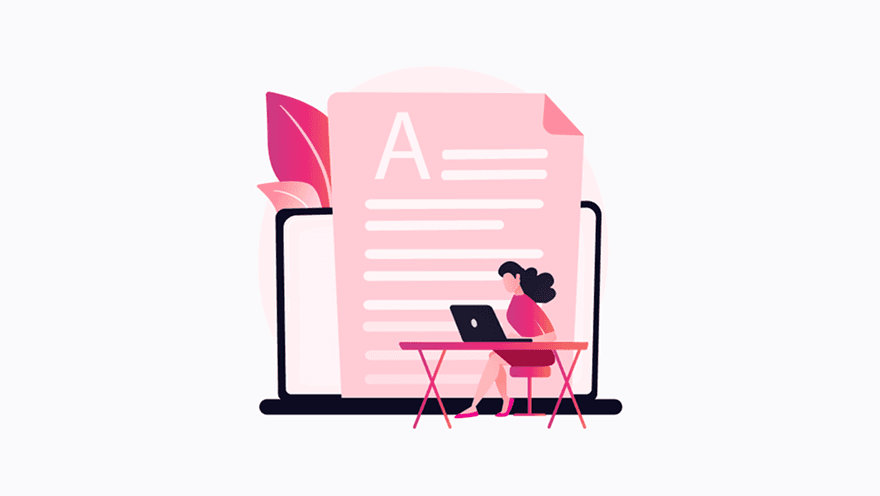Before the advent of technology, letters used to be the earliest means of communication with family and friends. While it may not seem very important in the modern-day, letter writing is still essential. Be it an invitation to friends and family, or a cover letter, a resignation letter or even a letter of recommendation - knowing how to write them is crucial for communication. Everyone should know how to write a Letter.
For the above reasons, writing a letter is one of the most valuable things you can learn. There are various types of letters with their own form and style. However, letter writing is mainly divided into two types -
-
Informal Letters: These letters are written to friends and family as an update. These are written conversationally. They are personal and are basically just your thoughts written down. Since the letter will be received by friends or family, there is no problem if you use slang, abbreviations, or familiar terms. However, the letter's content must be penned down well enough to make sense. It shouldn't be all over the place. Additionally, incorrect grammar and spelling are not allowed.
-
Formal Letters: These letters are written for formal or official occasions/reasons. These are written to colleagues, bosses, potential employers/employees, newspapers, schools, etc. Formal letters aim to convey important information in a clear and precise manner. Unlike informal letters, formal letters use professional and respectful language.
Writing a letter is not difficult once you learn the format. In addition, using a readable font, good formatting, and spacing are very important. Read on to know the format and parts of a letter, so you can improve your skills in letter writing:
An informal letter has six main parts. These are
-
Sender's address: The sender's address and contact details of the sender are written here. You can also include an email address.
-
Date: The date comes below the sender's address and can be written in any format.
-
Greeting or Salutation: Sir / Respected Sir / Madam/ Dear
-
Body of the Letter: The content of the letter comes here. Whatever message you want to communicate.
-
Conclusion: End the letter by stating how you enjoyed writing to them/ how you hope to hear from them soon.
-
Subscription/ Signature: This is the last part of the letter. It goes like this - Yours truly/ Yours lovingly/Yours sincerely/Kind regards and is followed by your name.
A formal letter has all the above parts and also includes the following:
-
Receiver's Address: The address of the receiver of the letter is written here. This could be the office address/editor's address/school address, etc.
-
Subject: The subject must convey what the letter is about in one line.
Here is the format of a formal letter. For an informal letter, only remove the receiver's address and the subject, and you are good to go.
Improve your English communication skills with free online courses from Glow & Lovely Careers (formally known as The Fair & Lovely Career Foundation).

